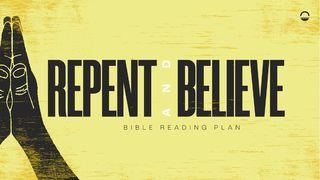Plan Info
Rescue: Fighting Fire by Justin CampSample
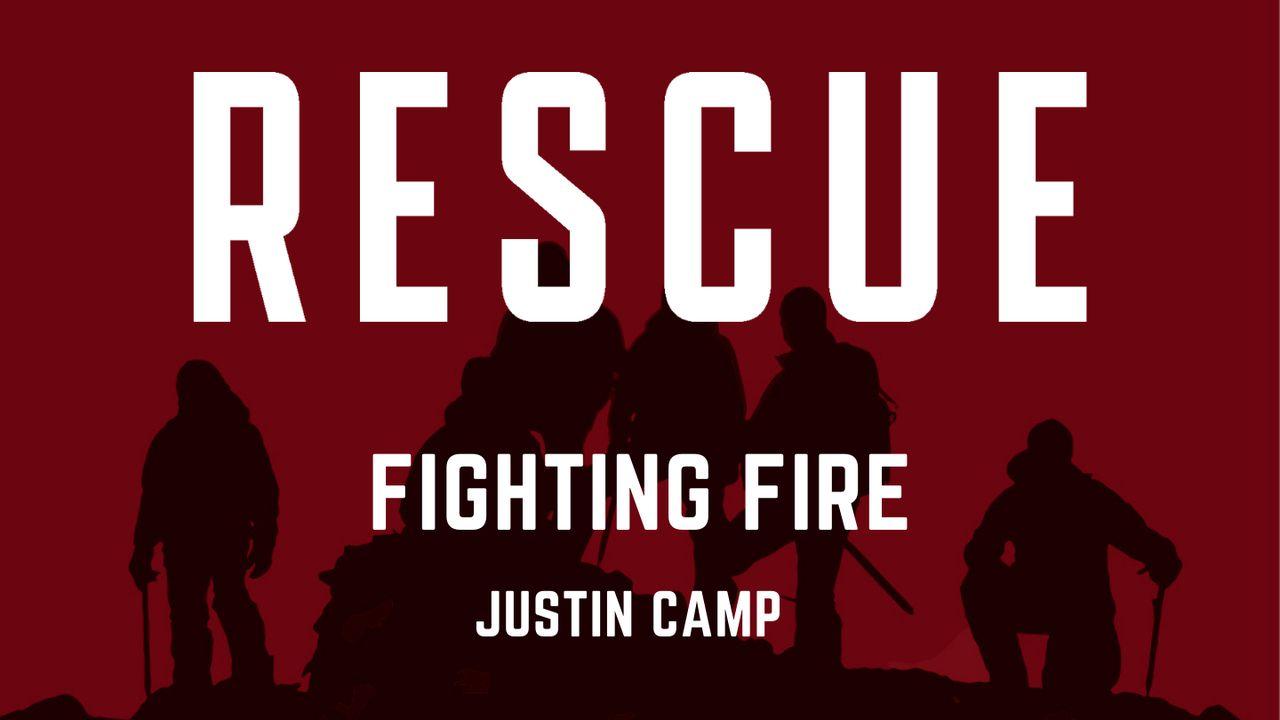
The Great Fire of 1910 is still the largest forest fire in United States history. As it’s come to be called, the Big Blowup burned three million acres of forest in Montana, Idaho, Washington, and British Columbia. The blaze killed eighty-five people (seventy-eight of them firefighters). It consumed countless homes and buildings—as well as several entire small towns—before rain and snow slowed the horrifying conflagration.
At that time, the US Forest Service was brand new, and its survival was nowhere near guaranteed. It had been in existence for only five years when the Big Blowup ignited, and it had been struggling for funding. The Great Fire built public and congressional support and solidified its mission: to fight and suppress every wildfire at all costs.
Today, five federal agencies—the Forest Service, the Bureau of Land Management, the Bureau of Indian Affairs, the National Park Service, and the US Fish and Wildlife Service—and state and local fire departments work together to manage wildland fires. Coordinated by the National Interagency Fire Center in Boise, Idaho, these agencies deploy wildland firefighting resources with a more balanced approach.
The various teams available to federal, state, and local agencies are engine crews, type 2 hand crews, smokejumpers, and helitack crews. Some aircrews fly helicopters adapted to carry water buckets, and air tanker crews fly specially designed aircraft that drop massive amounts of fire-retardant foams and gels.
And, of course, they have the hotshots.
Hotshot crews are the elite infantry forces of the firefighting world. They deploy on foot into hostile environments. They’re highly trained, well-equipped, super-fit, and proficient in all manner of fire-suppression tactics. They carry lots of gear and can live and work and hike in the wilderness for weeks. These guys are comfortable being uncomfortable. It’s brutal, heroic work.
“In their way,” wrote author and journalist John Maclean, “hotshots are as elite as smokejumpers, capable of battling fire anywhere at any time, but unlike jumpers, they specialize in big fires requiring teamwork.”(1) They work in twenty- to twenty-two-person teams and operate with military precision in high-stress environments. They are led by a superintendent, one or two assistant superintendents, and two or three squad leaders.
“Unlike smokejumpers, the twenty members of a hotshot crew stay together all season, often year after year,” wrote Maclean. “They work, eat, sleep, shower and take time off as a unit—and when trouble strikes, they stick together.”(2)
The first hotshot crews were established in the 1940s in Southern California in the Cleveland and Angeles National Forests—“put together as an alternative to recruiting in saloons.”(3). They were so named because they got closer to the heat and the fire than anyone else. Today, there are more than one hundred interagency hotshot crews, most of them scattered across the fire-prone West.
Why do wildland firefighters do what they do? Annette O’Doan, public information officer for the US Forest Service and former hotshot herself, explained that it’s all about “saving people and saving the land.”(4)
Questions to Ponder
1. In what ways are wildland firefighters similar to or different from members of the military?
2. How do you think those hotshot crews recruited in saloons would do against a dangerous wildfire?
3. If you had to choose a job or task in firefighting, what would you choose, and why?
Notes
1. John N. Maclean, Fire on the Mountain: The True Story of the South Canyon Fire (New York: Harper Perennial, 1999), 65.
2. Maclean, Fire on the Mountain, 64.
3. Maclean, Fire on the Mountain, 65.
4. “Hotshots Help Fight California Fires,” University Journal (Cedar City, UT), November 1, 2007, 1, 6.
Scripture
About this Plan
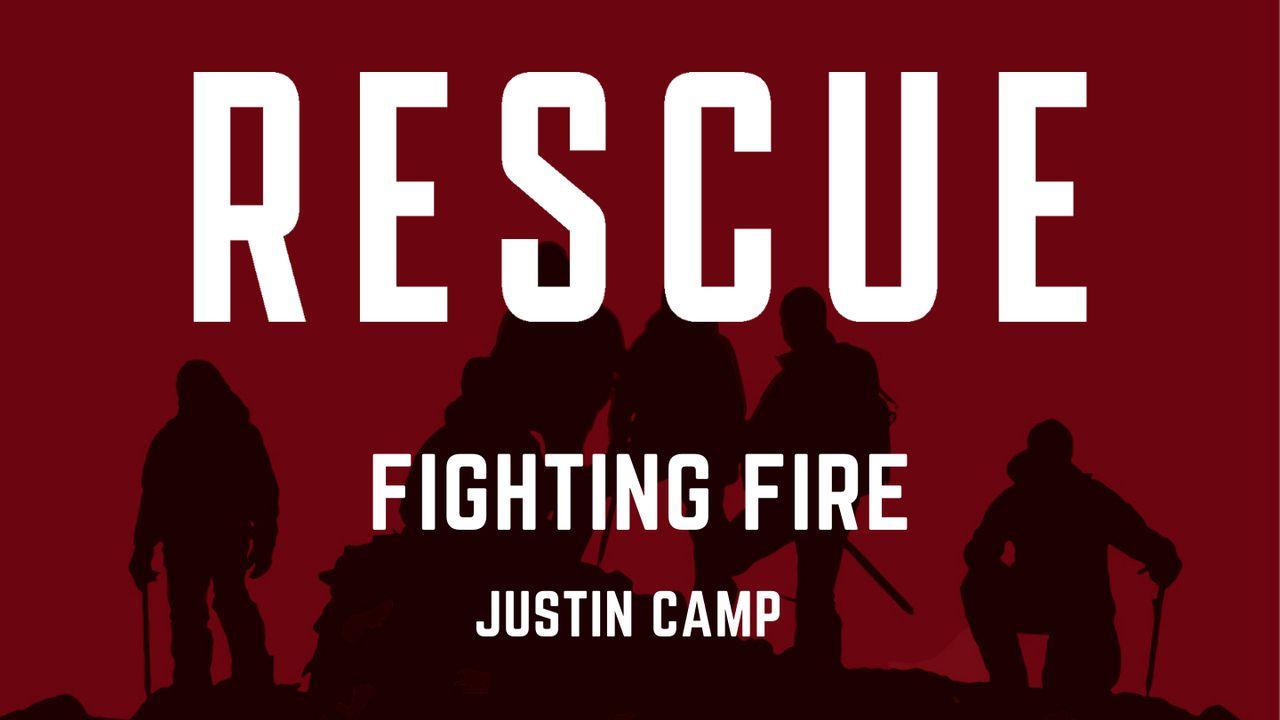
In Rescue, Justin Camp reminds guys that God put his Spirit into their hearts so they would come out of isolation and support and sacrifice for one another. Read how this happens in real life in the stories shared here a...
More
We would like to thank David C Cook for providing this plan. For more information, please visit: https://shop.davidccook.org/
Related Plans

What If...

From Now On

5 Minute Scripture Memory

I Shouldn't Feel This Way by Dr. Alison Cook
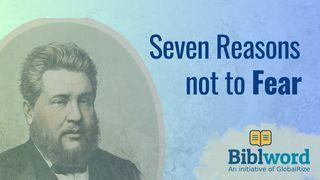
Seven Reasons to Not Fear

Strength to Soar by Toni LaShaun

At the Feet of Jesus

Keep the Faith in a World Turned Upside Down by Dr. David Jeremiah
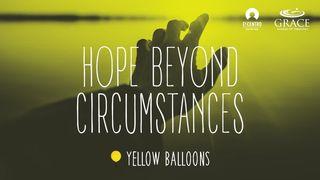
Hope Beyond Circumstances
